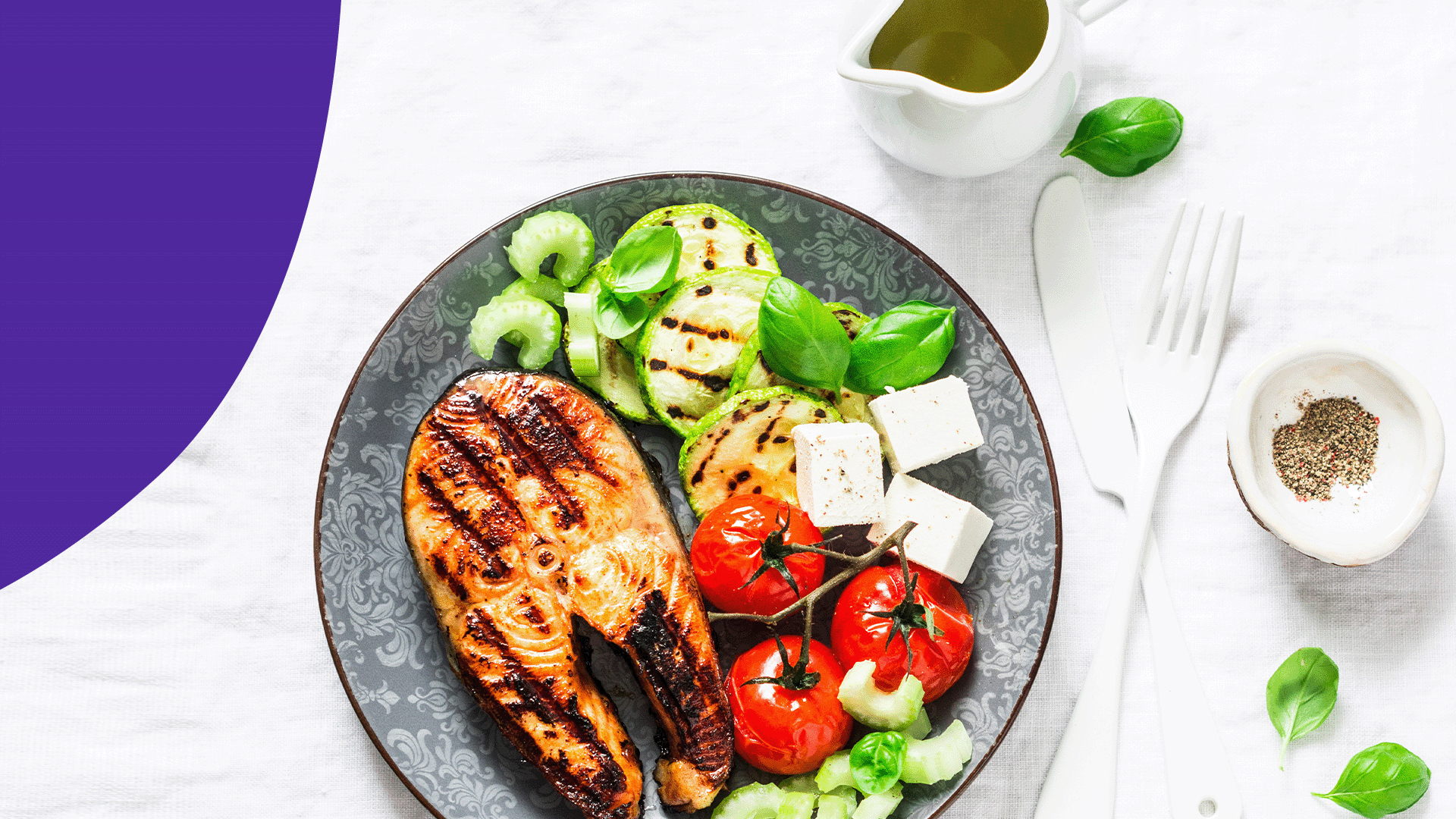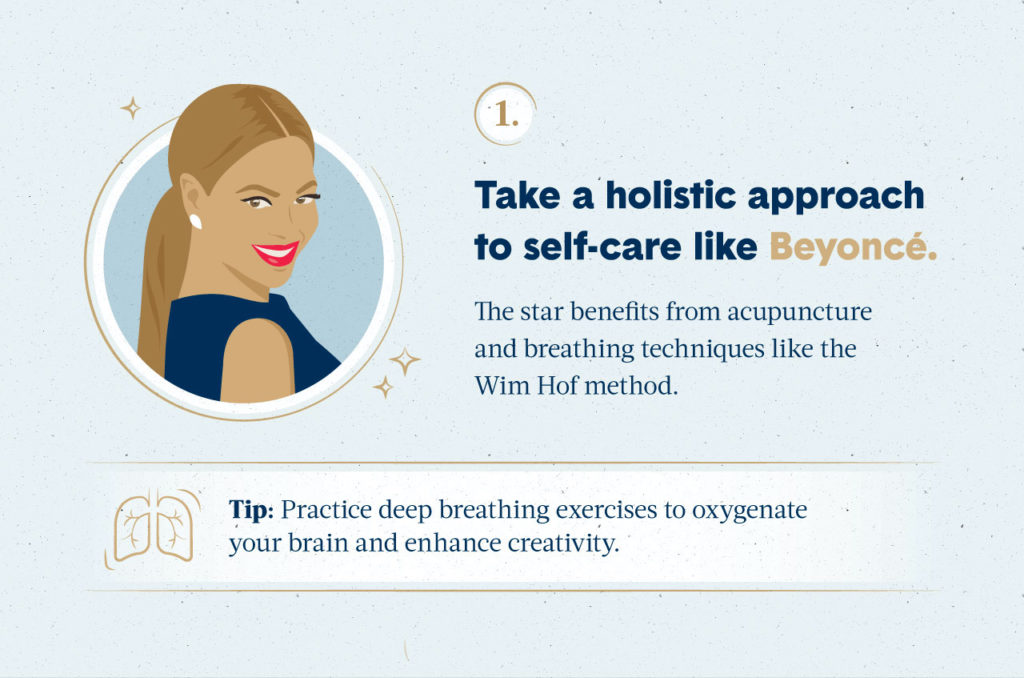
The majority of diabetics should eat plenty of meat, seafood, eggs, and eggs. But they should also avoid sugar or fat. A diet rich in fruits and vegetables as well as whole grains is a good choice for those who are concerned about their diet. Diabetics should still have the option to eat and drink non-vegetarian items from time to time. The following suggestions are meant to help them create a healthy diet that suits their lifestyle.
Both salt and flour are common foods that can lead to complications in diabetics. These ingredients can raise blood sugar and add unnecessary calories. You shouldn't eat foods high in sodium. However, you can still incorporate them into your meals without making a big change to your diet. Whole foods should be the main ingredient of diabetes diet meals. They are more low in sodium and fat than foods that contain refined sugar. It is important to avoid processed foods, as well as flash frozen foods.

A balanced diet should include a mix of carbohydrates, protein, and fat. It's important to incorporate healthy fats and carbohydrates in your diet. You should include a mix of all three in a diabetes-friendly diet. Fiber and protein can slow down your digestion of carbohydrates. Protein will give you additional nutrition and help to raise your blood sugar levels. Diabetes is a condition that requires you to be vigilant about your food intake and maintain a steady blood glucose level.
The diabetic diet menu should reflect your child's current diet. The main focus of this diet is on carbs, as these can spike your blood sugar level. A diabetic diet should focus on vegetables and fruits, not breads or pasta. Both fruits and veggies are rich in fibres and antioxidants. Choose whole fruit instead of fruit juices. Avoid eating fruit after meals as they can spike blood sugar levels.
Soluble fiber in cooked oatmeal helps regulate blood sugar levels and improves heart health. Oatmeal is an excellent source of fiber. This is especially important for diabetics as it can lower insulin intake. It is low in calories but high in fiber so it is a good choice for diabetics. To reduce your risk of developing type 2, a diabetic diet should include fruits, vegetables, and nuts.

The glycemic index should be used to determine the diabetic diet. This index ranks carbohydrate-containing foods by their effect on blood sugar. A dietitian can help you choose foods that will benefit your condition. In addition, a diabetes diet menu can be tailored to your specific goals and lifestyle. You can have a healthy body, and live a diabetes-friendly life with the right nutrition. It is important not to eat excessive amounts of any food.
FAQ
What is your favorite workout order?
It all depends on your goals. To build muscle mass, you should first lift heavy weights. Then move into cardio. For those who want to lose weight or exercise, you can switch from cardio to strength-training.
You can burn fat by just doing cardio. Next, add strength training.
If you are looking for muscle mass, cardio should be your last option. Cardio stimulates growth hormones and helps build muscle mass.
Also, eat before you workout. This will fuel your muscles, making them work harder. You will feel happier during your workout.
How many calories do I need to eat each day?
It varies from one person to another. On average, 2000 to 2500 calories are consumed per day. The factors that determine how many calories are needed for you include your gender, age, height, activity level, lifestyle, and gender.
How To Lose Belly Fat Fast
There are several ways to reduce belly fat fast. One option is to eat less calories and drink more water.
A second way to boost your metabolism is by running and swimming.
If you want to remove belly fat quickly, you should also avoid sitting down for too long. Stand up often throughout the day. This will allow you to burn more calories.
If you have already tried all these methods but still struggle with belly fat, there is another option.
This involves using a device called a belt. The belt works by tightening around your waist when you sit down.
As a result you'll feel uncomfortable and will be more mobile. This makes it easier to lose weight and calories.
What is the best exercise for men over 40 years old?
Older men will find that the best workouts give them more energy as well as improve their stamina.
It is important for you to know that over 40s experience a reduction in testosterone which can lead to lower sex drive.
However, this doesn't mean you cannot still enjoy physical activity. Studies have shown that some men can get more testosterone from regular aerobic exercise.
You can improve your sexual performance by starting an aerobics program.
Do I have the obligation to exercise every day or just on occasion?
No! Do at least 30 minutes of moderate intensity physical activity five days a week. That could mean walking fast enough for you to get slightly out of breath and biking hard enough for you to sweat.
Statistics
- By John Thompson Take a whopping 38% off a set of PowerBlock Pros. (menshealth.com)
- Are You One of the 20% of Guys (mh.co.za)
- Cardmembers earn 5% Back at Amazon.com with a Prime Credit Card. (amazon.com)
- According to the American Heart Association, blood pressure should be checked at least once every two years, beginning at age 20. (my.clevelandclinic.org)
- The PRS enabled risk stratification for overall prostate cancer and lethal disease with a four-fold difference between men in the highest and lowest quartiles (HR, 4.32; 95% confidence interval [CI], 3.16-5.89). (pubmed.ncbi.nlm.nih.gov)
External Links
How To
How can I burn fat and exercise?
Exercise burns calories through increased metabolism and oxygen consumption.
Exercise at a moderate intensity to safely lose weight.
These tips will help you burn fat and keep fit while exercising.
-
Cardio exercises like walking, running (or jogging), swimming, cycling, running, and/or elliptical training are all good options.
-
For 30 minutes, do it three times a week.
-
If you want to lose more weight, add strength training to your routine.
-
Avoid doing intense exercises. You can build muscle and not break down muscle tissue.
-
During exercise, drink plenty of water. Water flushes out toxins and helps keep the body hydrated.
-
After exercising, you should drink low-fat protein drinks. Protein shakes are great for your muscles and energy.
-
You can eat smaller meals throughout the day so that you don't feel hungry in between meals.
-
Don't skip breakfast! You can feel tired and slow if you skip breakfast.
-
Take care of yourself mentally. Stressful situations can slow down metabolism.
-
Keep a positive attitude. Studies have shown that people who are convinced they are overweight gain more weight than those who feel they look attractive.
-
Get enough rest. You will have a harder time losing weight if you do not get enough sleep.
-
Stay active. Keep moving every hour.
-
Maintain a healthy diet. A healthy diet will help you feel fuller for longer.
-
Find ways to relax. Tenseness can cause stress hormones to break down muscle tissue.
A balanced diet provides all the nutrients necessary for growth and development.
Six small meals per day is better than three large meals. This allows your body to properly digest what you have eaten.
For strong bones, we need 500 mgs of calcium daily. Calcium can also be found in milk products, yogurt, fortified Soy beverages, orange Juice, cereals and bread.
Calcium is found in green leafy vegetables, beans, tofu, seeds, nuts, and cheese.
Vitamin D is essential for calcium absorption. Vitamin D is found in eggs yolk, fatty fish and fortified foods.
Vitamin E is essential for skin health. Vitamin E is found in vegetable oils and wheat germ oil, as well as peanuts, almonds and sunflower seeds.
Your body needs zinc to maintain normal immune function and heal wounds. Zinc can be found in seafood, legumes and meats.
Zinc deficiency can cause fatigue and loss of appetite. It can also lead to depression and impaired immunity.
Eating too much sugar causes insulin resistance, which increases blood glucose levels. Insulin resistance leads to weight gain.
Insulin resistance occurs when the bloodstream is full of free radicals. Free radicals are molecules with unpaired electrons that damage cell membranes and other parts of the body.
The most common sources of free radicals include food additives.
Free radical damage can lead cancer, heart disease or diabetes, arthritis, asthma, or other forms of aging.
To prevent free radical damage, eat a healthy diet rich in antioxidants. Antioxidants protect against oxidative damage.
Vitamin C is found in citrus fruits and beta carotene is found in carrots.
Other antioxidant nutrients include selenium, copper, manganese, and zinc.
Selenium protects cells from free radical damage. Selenium can also be found in Brazil nuts (tuna), liver, kidneys and shrimp.
Copper protects your eyes, brain, eyes and red blood cell. Copper can be found in meat, shellfish, meat, and organ meats.
Manganese plays an important role in bone structure. Manganese is found as a component of bone structure in brown rice (spinach, bananas), prunes, raisins and oatmeal.
Zinc helps with normal growth, reproduction, as well as wound healing. Zn is found in lean cuts of meat, white fish, poultry, and eggs.